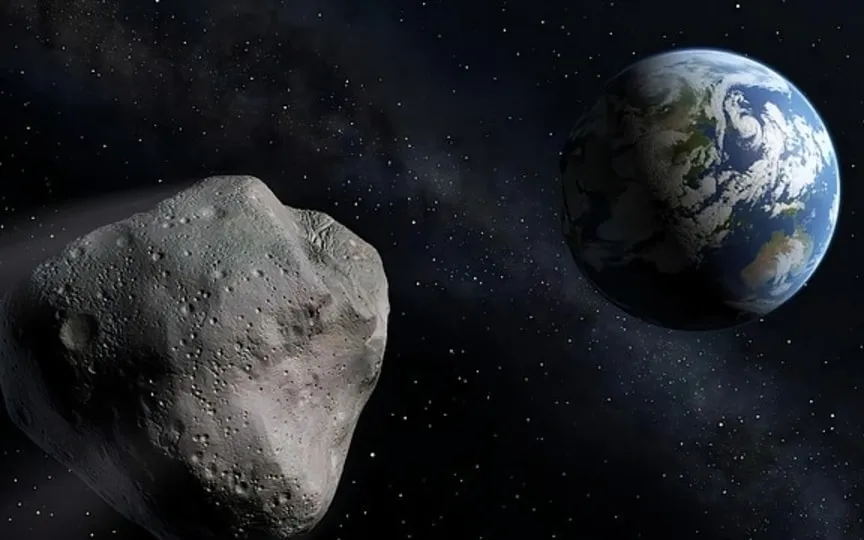NASA Unveils Details of Near-Earth Encounter with Asteroid 2023 OE5
The US space agency NASA recognizes the potential danger posed by asteroids, as they occasionally come close to Earth in their orbits. Over time, there have been various instances of asteroid impacts, including the Chelyabinsk event and the catastrophic Chicxulub asteroid, which is thought to have caused the extinction of dinosaurs. More recently, a woman in France was struck in the chest by a space rock. Dr. Kelly E. Fast from NASA provides perspective by highlighting that Earth has previously experienced asteroid impacts and believes that such occurrences will happen again. The goal is to identify and monitor all asteroids that could potentially harm our planet and take appropriate action.
Asteroid 2023 OE5
According to details released by the Center for Near-Earth Object Studies (CNEOS), the asteroid, named Asteroid 2023 OE5, is heading towards Earth and may make its closest approach to the planet on August 14.
According to details, Asteroid 2023 OE5 is expected to make its closest approach to the planet at a distance of only 960,000 kilometers and at a speed of 13,934 kilometers per hour. The asteroid is estimated to be the size of a house.
Is 2023 a threat from OE5?
This question arises every time an asteroid approaches the Earth – is it dangerous for our planet? However, NASA says Asteroid 2023 OE5 is not large enough to be a “potentially hazardous object,” and the agency doesn’t believe it will actually hit Earth. NASA estimates that asteroid 2023 OE5 is about 57 feet across.
Data 2023 OE5
Asteroid 2023 OE5 belongs to Apollo’s group of Near-Earth Asteroids. These asteroids are space rocks that pass over the Earth, with semi-major axes larger than Earth’s. These asteroids are named after the huge 1862 Apollo asteroid discovered by German astronomer Karl Reinmuth in the 1930s.
According to NASA, asteroid 2023 0E5 was first seen on 7/24/2023 and last seen on 7/30/2023.
The next asteroid after 2023 OE5 is expected to approach Earth on August 17, 2023. It is called the 2022 CP1 asteroid. It approaches Earth at a speed of 35347 km/h.




